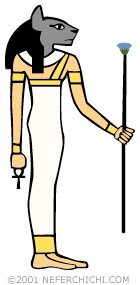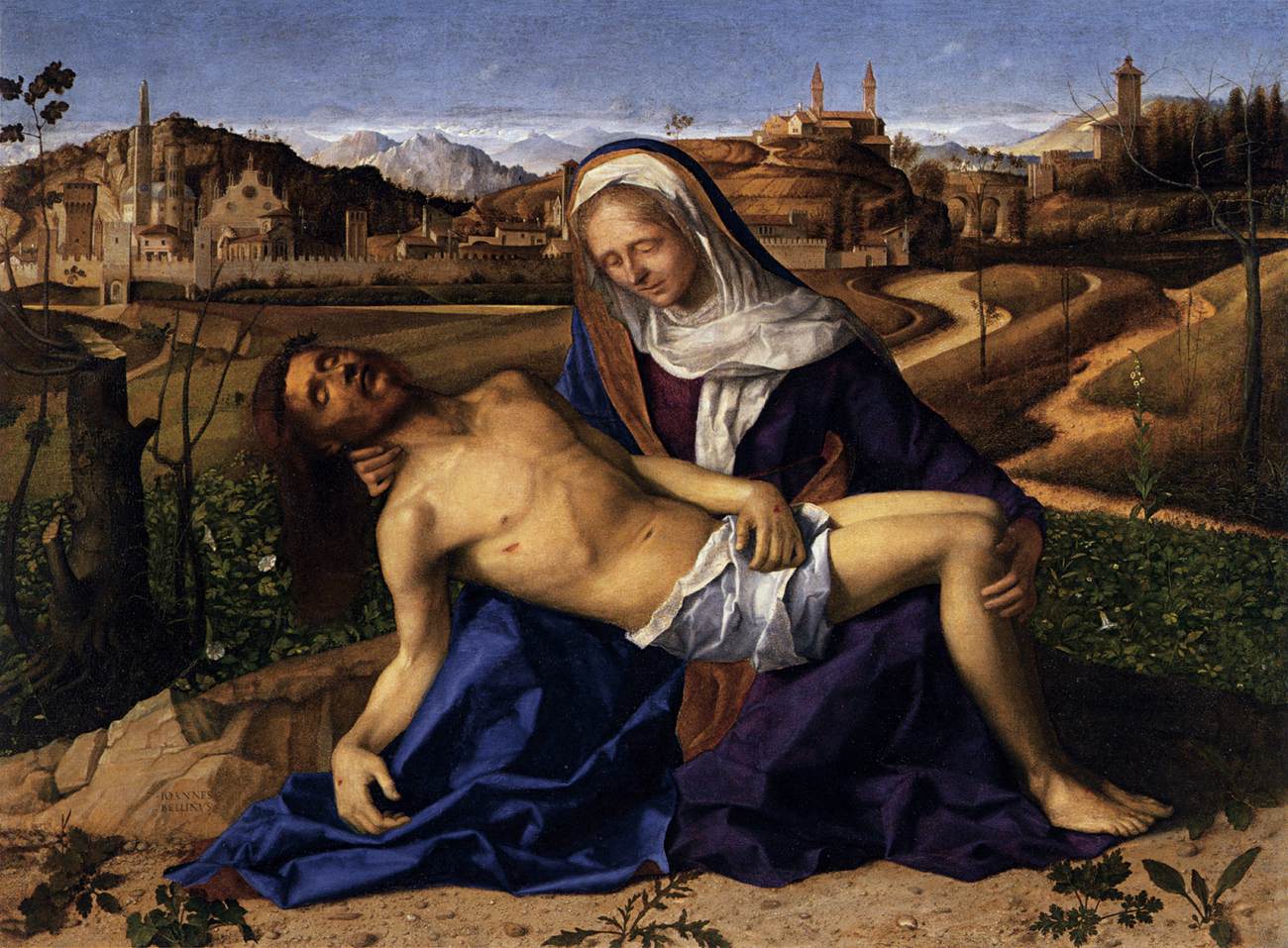One would not think an undertaker’s mute would attract vilification. That, however, was precisely the fate of a blameless little Totnes undertaker’s mute in the early years of the last century.
The typical undertaker’s mute – and the Totnes mute was nothing if not typical – was a ragamuffin street urchin, plucked from the squalor of the stews and rookeries, dusted down and primped up, togged out in black and with a top hat usually too big for his undernourished head, and paid a penny or two to march at the head of a funeral procession, mawkish, mournful, woebegone and mute. Why on earth would anybody vilify such a mite?
It is not that the Totnesniks were a peculiarly vindictive lot. As everywhere else, they had their good and bad. Most of them, faced with a funeral procession making its way slowly through the Totnes streets, would stop, and bow their heads, and remain silent and solemn. Some would weep. Yet even the weepers, when they spotted the tiny mute, would cry out insults and imprecations, and in some cases even death threats. It was fortunate that the undertaker had his horses well-trained, or they might have taken fright and bolted, and ruined the funeral. Fortunate, too, that the enraged Totnesniks satisfied themselves with catcalls and shouting, and did not shower the undertaker’s mute with rotting fruit and pebbles. As for the little mute himself, he acquitted himself honourably, through funeral after funeral, never once breaking step, in spite of his rickets, and never once retaliating, in spite of the provocation. Did he break down, or complain, or vow revenge, when once more safe inside the undertaker’s office? Or was he simply happy with his tuppence? It was, after all, a tuppence beyond the most vivid dreams of the other Totnes urchins, and would buy him oysters or eels for his supper.
The most baffling feature of the whole business is the absence of any contemporary comment in the local press. I have trawled through the archives of the Totnes Bugle & Advertiser and of the Totnes Counter-Bugle & Advertiser, and even of the Proceedings Of The Secret Totnes Branch Of The Revolutionary Workers’ Anarchist Collective Steering Committee, to no avail. It is worth pointing out, however, that some malfeasant scamp has been through the papers with a snipping tool, and several articles are missing. Would they be revelatory, if ever discovered?
What we do have is a series of memoirs, published in the 1920s and 1930s, in which the author claims to be the now adult undertaker’s mute. I Was The Vilified Totnes Undertaker’s Mute (1922), Further Reminiscences Of The Totnes Undertaker’s Mute (1929), and Now I Can Speak : Funeral Processions In Turn Of The Century Totnes, Recollected By One Who Was There, But Mute (1933) were the only books ever issued by a mysterious publishing house based, not in Totnes, but in its anagrammatic counterpart. The author himself remained anonymous. Several critics have been persuaded into vertiginous flights of fancy by the fact, surely coincidental, that the first volume appeared on the very same day as T S Eliot’s The Waste Land. Great play is made of the fact that one of the funeral processions the author claims to have mutely marched at the head of was that of “the famous clairvoyante, Madame Sosostris”. What these fantasists never point out is that this funeral is mentioned only in the 1933 volume, which also, notoriously, contains the lines “That corpse you planted last year in your garden, has it begun to sprout?” and “Twit twit twit Jug jug jug jug jug jug So rudely forc’d. Tereu”. If compelling evidence that TS Eliot was not the author of the undertaker’s mute trilogy is still required – and I fear there are nutters abroad who persist in ever more fanciful conjectures – there remains the fact that no record exists, anywhere, of a Madame Sosostris, famous or not, clairvoyante or not, dying or being buried or cremated or in any way commemorated in Totnes in the year given in the book, or for a decade on either side. I have myself trawled the parish registers, and all sorts of other archives, as assiduously as I pored over the local Totnes newspapers and workers’ collective steering committee minutes.
We then have to ask if there is a word of truth in this trio of curious volumes. It is not enough to say, as Dizzleby does, “Well if Eliot didn’t write them, Ezra Pound probably did, but he was as mad as a hatter”. Dizzleby, let us remember, has used exactly the same words when referring to dozens of other obscure works of the interwar years, not least one written by his own grandfather, who was not, I hasten to add, Ezra Pound. At least, not according to the documentation, including birth certificates, measles inoculation records, and one width swimming achievement citations, which I have been through with a fine-toothed comb, as diligently as I beavered away at the local Totnes newspapers and workers’ collective steering committee minutes and parish registers and all sorts of other archives.
My researches have led me to the conclusion that we are unlikely ever to identify the author of the Totnes undertaker’s mute trilogy. If we cannot say who wrote it, then as sure as eggs is eggs we cannot vouch for its historical reliability. It may be the case, as Dizzleby’s own daughter argued, that the little Totnes undertaker’s mute, and the vilification to which he was so shamefully subject, never existed at all, and is a mere phantasm, a spectre, a ghost. We are then forced to ask, who would make him up?, and why?
To which the answers are, I would, and for my own amusement.




